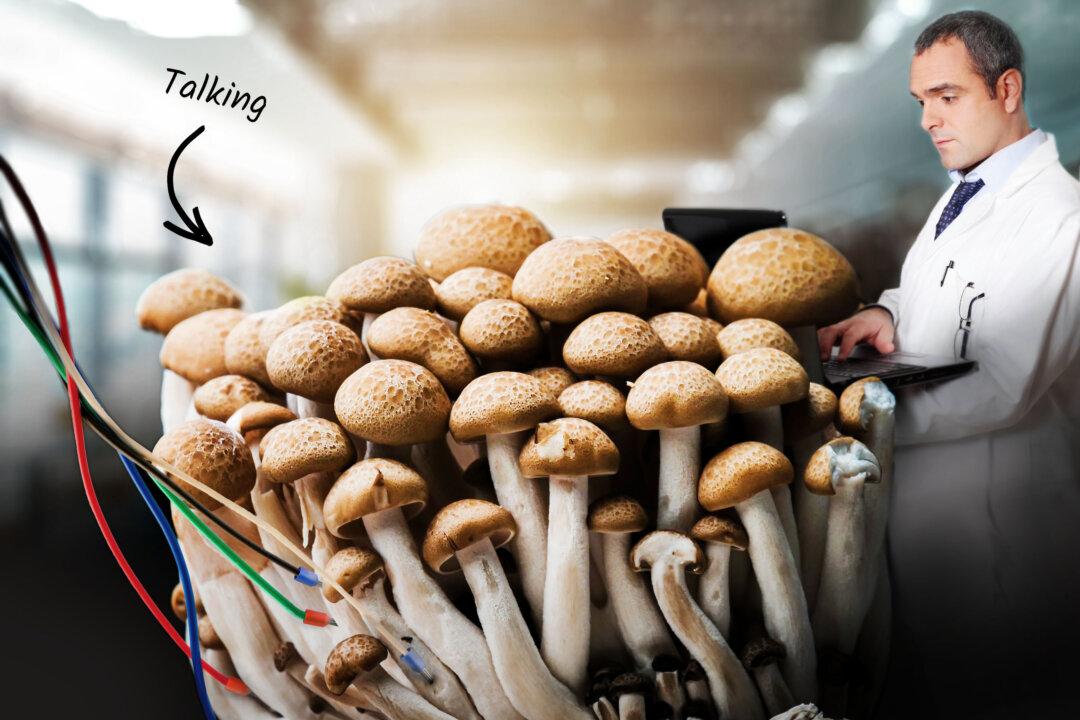Scientists say that enoki fungi emit rich patterns of electrical activity and that is interpreted as language—with words and sentences that have characteristics similar to English and Swedish.
Likewise, slime molds, plants, and oyster mushrooms send out bursts of electrical activity similar to those in the human nervous system—the studies say.






